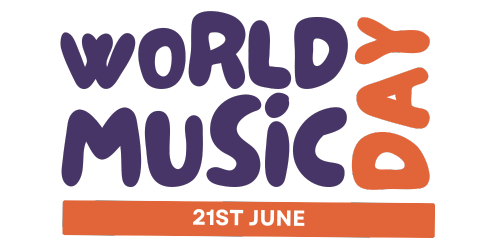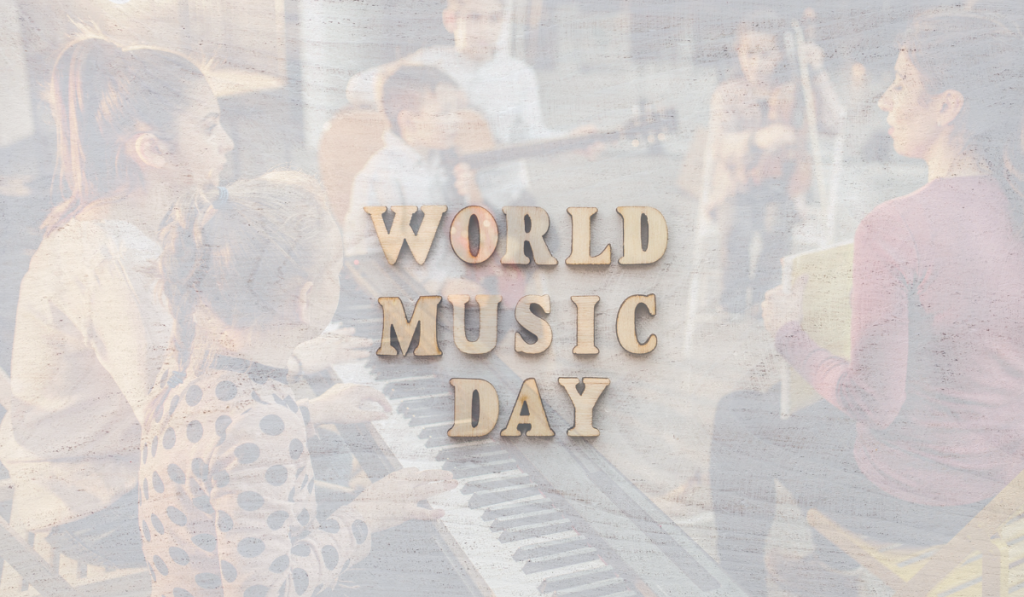Music is a powerful tool for exploring cultural diversity in the classroom. It allows students to connect with different cultures and gain a deeper understanding of the world around them. In this article, we will explore some curriculum ideas for teachers looking to incorporate music into their lessons on cultural diversity in more detail.
- Music from around the world: One way to explore cultural diversity through music is to introduce students to songs and instruments from different parts of the world. This could include music from Africa, Asia, Latin America, and Europe, among others. Teachers can play recordings of these songs in class and have students learn about the history, culture, and instruments used in the music. They can also provide students with a variety of listening activities, such as identifying different instruments and rhythms, or comparing and contrasting different styles of music. By exposing students to a wide range of musical styles, they can gain a deeper understanding of the cultural and historical context in which the music was created.
- Music and dance: Another way to explore cultural diversity through music is to incorporate traditional dances from different cultures. Teachers can teach students the steps to these dances and have them perform them in class or at school events. This can be a fun and interactive way for students to connect with different cultures. Additionally, teachers can provide students with an in-depth understanding of the cultural significance of these dances by discussing the history, traditions, and meanings behind them.
- Music and language: Many cultures have songs that are sung in their native language. Teachers can use these songs as a way to introduce students to new languages and cultures. By learning the lyrics and singing along, students can gain a better understanding of the language and culture. Moreover, teachers can incorporate language learning activities such as translating the song, discuss the meaning and context of the lyrics, and compare and contrast the language used in the song with that of the students’ native language.
- Music and storytelling: Many cultures have traditional stories that are passed down through song. Teachers can use these songs as a way to introduce students to different cultures and their stories. This can help students gain a better understanding of the culture’s history and beliefs. Additionally, teachers can use these stories as a way to teach students about different storytelling traditions and techniques, and how they vary across cultures.
- Music and art: Different cultures have different art forms that are unique to their culture. Teachers can use these art forms as a way to explore cultural diversity through music. For example, they can have students learn about the traditional art of Africa and then have them create their own art inspired by the culture. By studying the art forms that are specific to a culture, students can gain a deeper understanding of the cultural values and traditions that they represent. Additionally, teachers can incorporate art activities like drawing, painting, or sculpting, that allows students to create something inspired by the culture and express themselves creatively.
Incorporating music into lessons on cultural diversity is a great way for students to connect with different cultures and gain a deeper understanding of the world around them. These curriculum ideas can help teachers to bring the power of music into their classrooms in a more detailed and engaging way. By providing students with a variety of activities and perspectives, they can help students to appreciate the cultural diversity of the world and understand the cultural context of the music they are listening to.



